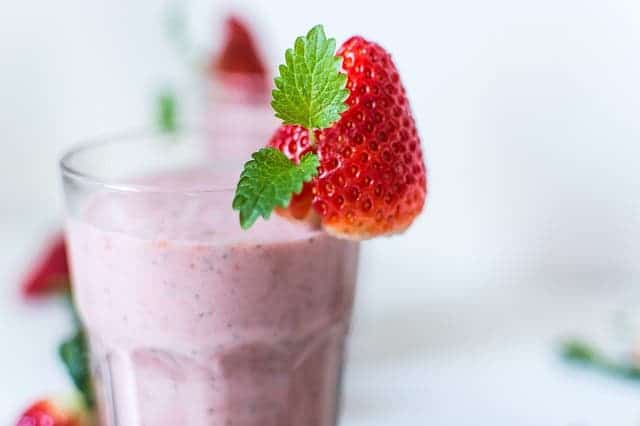
A meal high in protein will make you feel full fast, while also keeping you satiated throughout the day. But apparently, the brain can be fooled that enough nutrients were ingested with a thick drink, despite the drink may contain little to any calories.
The study was made by a team at Wageningen University in the Netherlands which asked 15 men to drink four milkshakes. Each milkshake varied in calorie content (100 or 500 calories) and viscosity (thin or thick). Next, the men were brought to the lab to perform MRI scans on their stomachs. These scans enabled the researchers to measure the volume of liquid in the stomach.
Every 10 minutes for an hour and a half after the participants drank the milkshakes they were asked how full they felt.
The 100-calorie shake left the stomach first, even when fibers were added. However, when thick smoothies were put into question everything changed. People who drank a thick 100-calorie shake reported feeling fuller than people who drank a thin 500-calorie shake.
The authors call this the “phantom fullness” effect, because the drink’s viscosity drives satiated feelings, and not energy density as it should normally be the case.
These findings suggest that people looking to lose weight should prepare low-calorie thick drinks to meet their goals without having to starve. This also goes both ways. Drinks high in calories but very thin, like sugary pop drinks, will make you drawn in calories, yet still feel hungry.
“Our results show that increasing the viscosity is less effective than increasing the energy density in slowing gastric emptying. However, the viscosity is more important to increase the perceived fullness. These results underscore the lack of the satiating efficiency of empty calories in quickly ingested drinks such as sodas,” the researchers wrote.
It should be noted, however, that this study had a very slim sample size and the relationship between thick drinks and weight loss wasn’t even on the researchers’ menu. Follow-up studies might want to confirm these findings, but also which fiber, thickness makeup works best.






